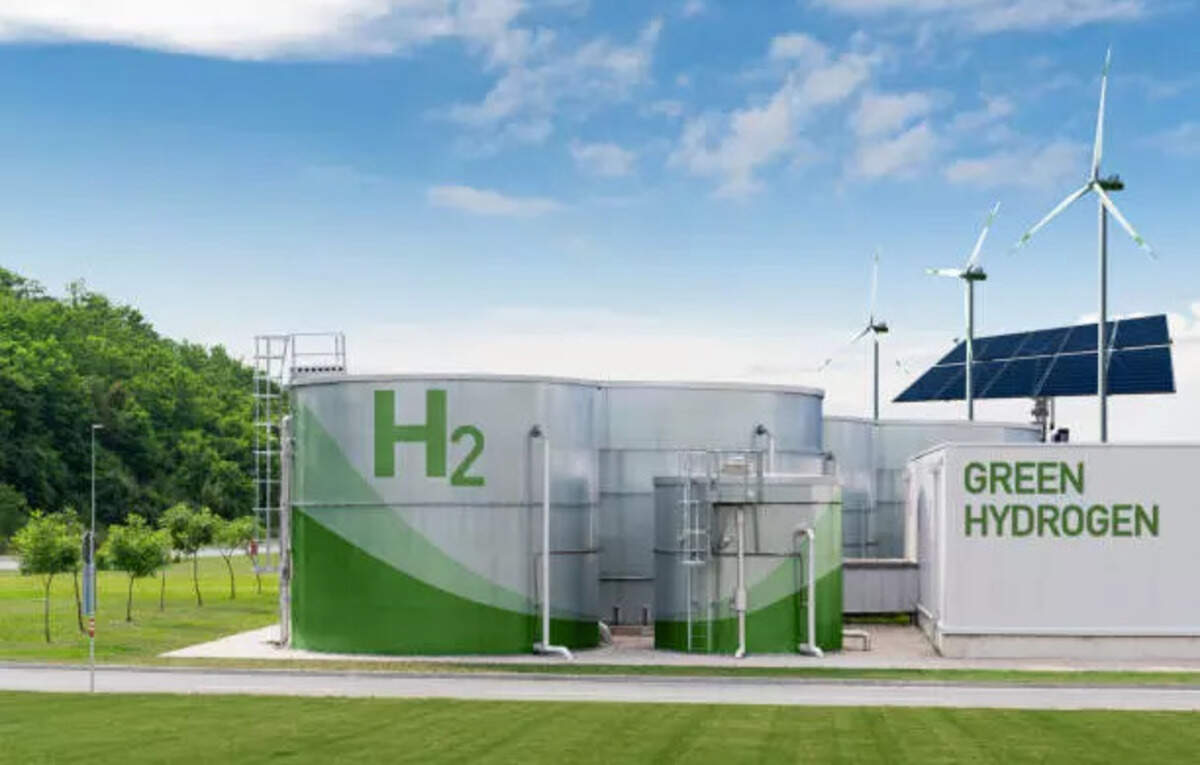Bloom Energy's High-Efficiency Technology: Paving the Way for Green Hydrogen in India
Key Ideas
- CTO Ravi Prasher highlights Bloom Energy's solid oxide electrolyzer technology as a superior option for industrial hydrogen production in heat-intensive sectors like ammonia, steel, and nuclear due to its 30% higher efficiency.
- India's National Green Hydrogen Mission aims for 5 MMT of green hydrogen by 2030, and Bloom Energy's technology could address cost, infrastructure, and demand alignment challenges in the hydrogen value chain.
- Bloom's technology offers benefits in areas like lower energy consumption, catalyst savings, and industrial integration, making it suitable for specific Indian industries such as ammonia plants, steel mills, and nuclear facilities.
- Despite being in a pre-commercial phase globally, Bloom Energy expects rapid deployment of their technology with the potential to simplify hydrogen infrastructure transitions, especially in markets like India, Europe, and Asia.
Bloom Energy, a NYSE-listed company, is strategically positioning its solid oxide electrolyzer technology as a game-changer for industrial hydrogen production in India, particularly in sectors like ammonia, steel, and nuclear. According to Ravi Prasher, the CTO of Bloom Energy, their high-temperature solid oxide systems offer up to 30% higher efficiency compared to traditional technologies, making them a cost-effective and efficient option for green hydrogen production. This move aligns with India's ambitious National Green Hydrogen Mission, which targets 5 MMT of green hydrogen by 2030, emphasizing the need for advanced electrolyzer deployment. Despite challenges related to cost, infrastructure, and demand alignment in the hydrogen value chain, Bloom Energy's technology aims to revolutionize the sector by reducing energy requirements and integrating with existing gas infrastructure.
Bloom's solid oxide electrolyzer technology boasts several advantages over conventional proton-exchange membrane (PEM) systems, including lower energy consumption, the use of nickel catalysts instead of rare metals, and efficient heat integration with industrial processes like ammonia and steelmaking. By focusing on specific Indian industries with high waste heat generation, Bloom Energy aims to drive cost savings and increased operational efficiency.
The company is already making strides in India, with a significant workforce in Mumbai and Bengaluru and ongoing project activities. Additionally, Bloom Energy is exploring partnerships and contract discussions in Europe and Asia, particularly in the ammonia and nuclear sectors, indicating a global expansion strategy. While the global hydrogen deployment is still in its early stages, Bloom Energy anticipates quick adoption of its technology and envisions a rapid gigawatt-scale deployment in the coming years.
Despite the challenges ahead, Bloom Energy remains optimistic about the future of green hydrogen and the scalability of its technology, emphasizing the need for supportive policies and infrastructure development to drive the energy transition. By leveraging their expertise in high-efficiency electrolyzer technology, Bloom Energy aims to play a pivotal role in shaping the green hydrogen landscape on a global scale.
Topics
Middle East
Renewable Energy
Infrastructure
Technology
Energy Transition
Economics
Market Expansion
Supply Chain
Industrial Sector
Latest News
